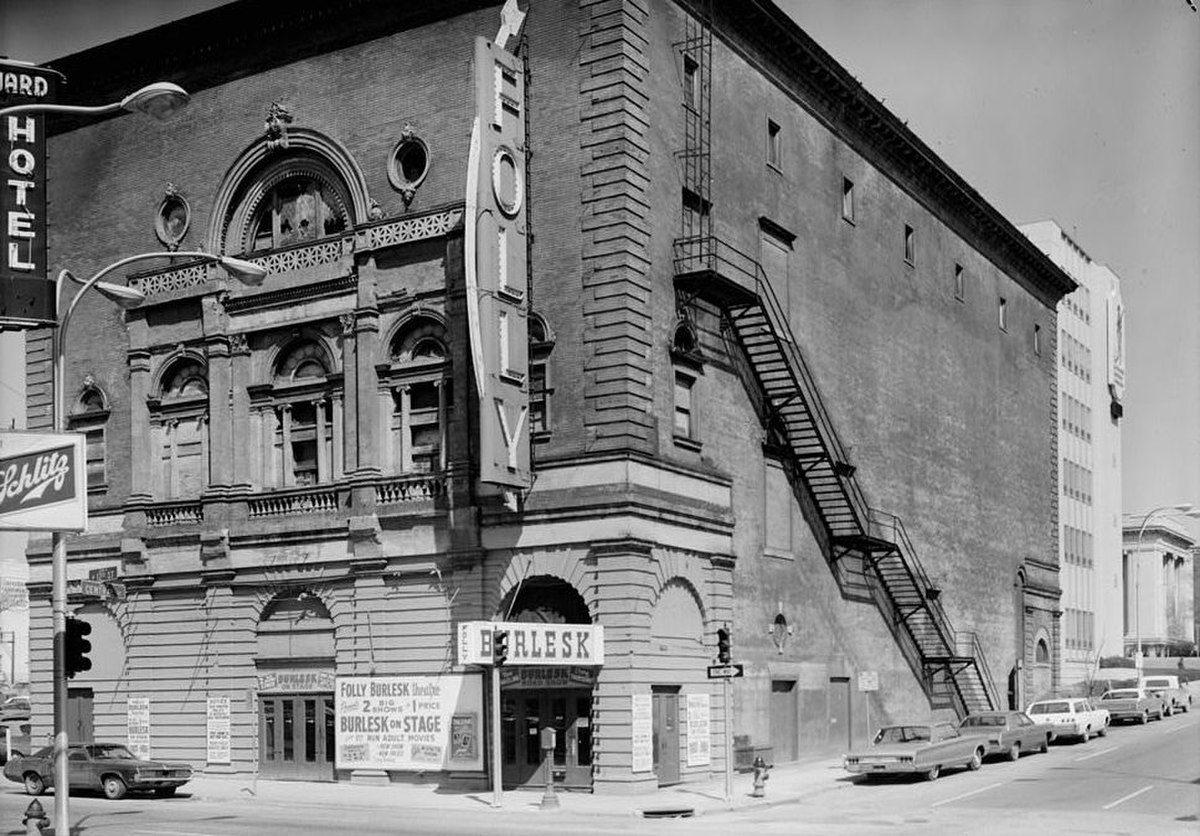
Among the building's notable historical uses was its role as a public exhibit space designed to showcase the transformative power of electricity. Large display windows along 14th and Baltimore streets featured new electrical devices and appliances, demonstrating their practical applications for homes and businesses. Inside, a two-story auditorium hosted demonstrations educating the public on how these electrical innovations could improve everyday life, directly connecting residents with the benefits of modern energy technology[3][7].
This educational mission was driven by company leadership, including Joseph Franklin Porter, who sought to not only house company operations but promote electricity’s role in modern living. These public demonstrations attracted thousands of visitors annually, including guided tours led by local Boy Scouts. The building’s electric displays and educational programs helped demystify electricity for the community, fostering acceptance and usage during a time when such technology was still emerging. Physical evidence of this legacy remains in the building’s lighting features and historic lobby design, preserving the story of how the Kansas City Power and Light Building energized both the city’s infrastructure and its residents' lives[1][7].











